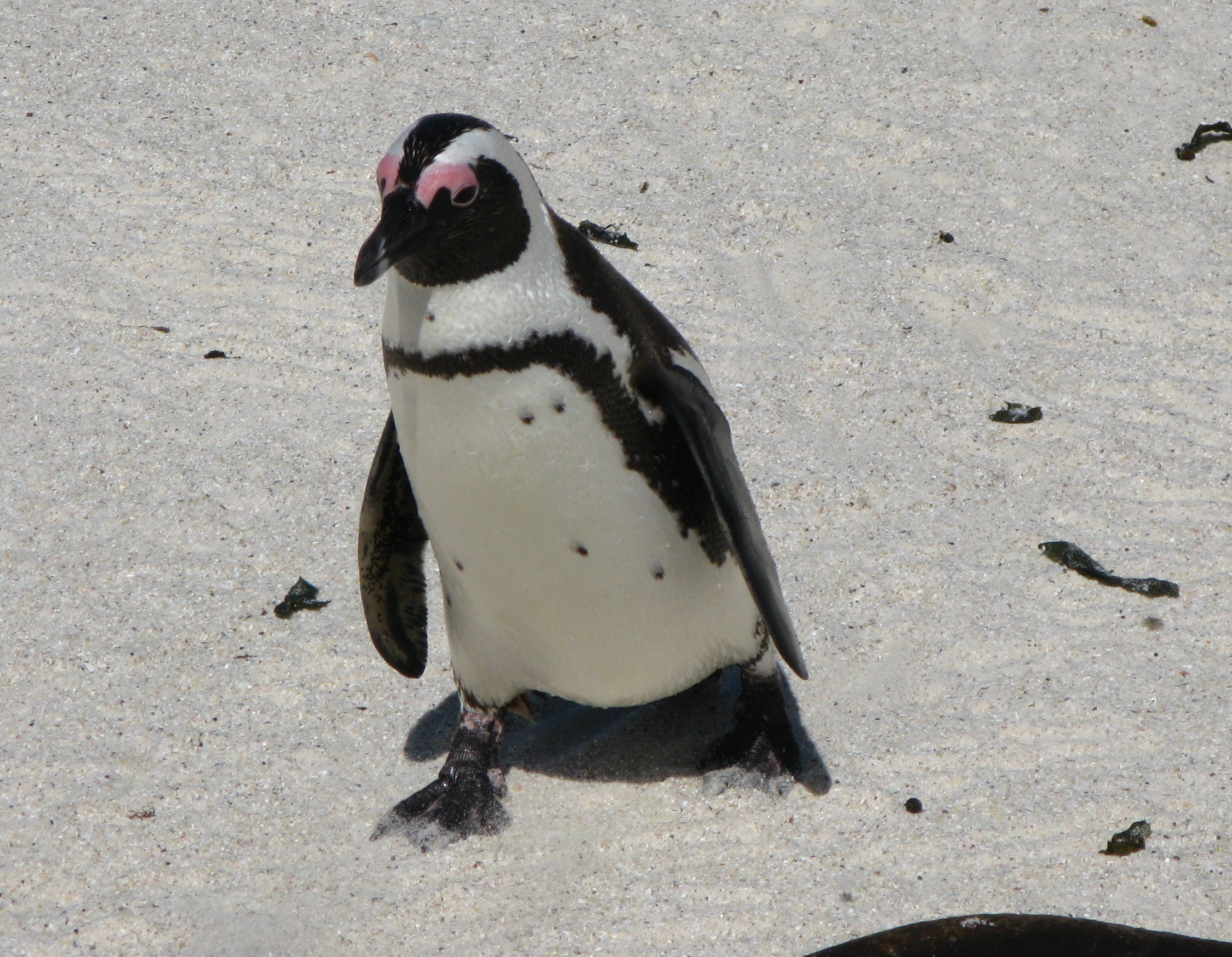African Penguin Population
Click on the buttons to see how the population changes through years. Zoom over the map and hover over the circles to see more details.
Population Size in pairs

Photo courtesy of Judy Mann-Lang

Photo courtesy of Judy Mann-Lang
